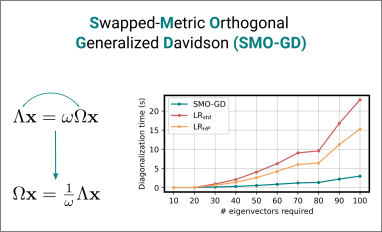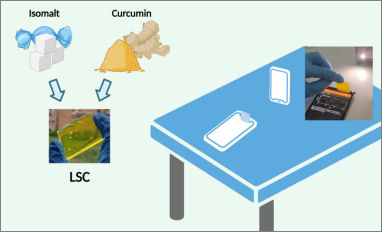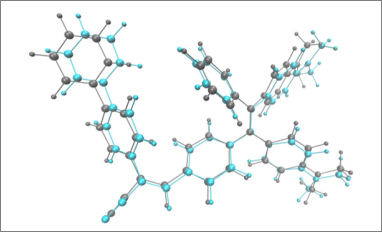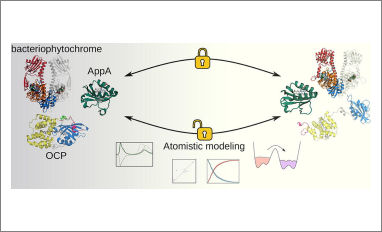
 Congratulations to our PhD students Ivan Giannì, Tommaso Nottoli, and our Postdoctoral researcher Dr. Federica Pes for their publication entitled "Linear Response Equations Revisited: A Simple and Efficient Iterative Algorithm" in the Journal of Chemical Theory and Computation. The Letter presents an algorithm to solve the linear response equations for Hartree-Fock, Density Functional Theory, and the Multiconfigurational Self-Consistent Field method that is both simple and efficient.
Congratulations to our PhD students Ivan Giannì, Tommaso Nottoli, and our Postdoctoral researcher Dr. Federica Pes for their publication entitled "Linear Response Equations Revisited: A Simple and Efficient Iterative Algorithm" in the Journal of Chemical Theory and Computation. The Letter presents an algorithm to solve the linear response equations for Hartree-Fock, Density Functional Theory, and the Multiconfigurational Self-Consistent Field method that is both simple and efficient.
 Congratulations to our Ph.D. student Alberto Picchi for his publication entitled "Luminescent Solar Concentrators from food substances: a safe and simple experiment to approach sunlight energy harvesting" in the Journal of Chemical Education. A simple experiment of edible LSC production employing isomalt and curcumin was developed and described. The suitability of common smartphones in measuring LSC performance for educational purposes was also shown.
Congratulations to our Ph.D. student Alberto Picchi for his publication entitled "Luminescent Solar Concentrators from food substances: a safe and simple experiment to approach sunlight energy harvesting" in the Journal of Chemical Education. A simple experiment of edible LSC production employing isomalt and curcumin was developed and described. The suitability of common smartphones in measuring LSC performance for educational purposes was also shown.
 Congratulations to our Ph.D. student Alberto Picchi for his scientific publication entitled "Effect of polymer composition on the optical properties of a new aggregation-induced emission fluorophore: a combined experimental and computational approach” in Polymers. The optical properties of a new TPE-based AIE fluorophore in copolymers of poly(methyl methacrylate) and poly(cyclohexyl methacrylate) were investigated from both computational and experimental perspectives.
Congratulations to our Ph.D. student Alberto Picchi for his scientific publication entitled "Effect of polymer composition on the optical properties of a new aggregation-induced emission fluorophore: a combined experimental and computational approach” in Polymers. The optical properties of a new TPE-based AIE fluorophore in copolymers of poly(methyl methacrylate) and poly(cyclohexyl methacrylate) were investigated from both computational and experimental perspectives.
 Congratulations to our PhD students Giacomo Salvadori and Patrizia Mazzeo for their publication entitled "Deciphering photoreceptors through atomistic modeling from light absorption to conformational response". In this review, the authors discuss the successes and challenges of the atomistic modeling of photoreceptors. Throughout their presentation, they integrate explanations of the primary methodological approaches, ranging from quantum mechanical descriptions to classical enhanced sampling methods, all while providing illustrative examples of their practical application to specific systems.
Congratulations to our PhD students Giacomo Salvadori and Patrizia Mazzeo for their publication entitled "Deciphering photoreceptors through atomistic modeling from light absorption to conformational response". In this review, the authors discuss the successes and challenges of the atomistic modeling of photoreceptors. Throughout their presentation, they integrate explanations of the primary methodological approaches, ranging from quantum mechanical descriptions to classical enhanced sampling methods, all while providing illustrative examples of their practical application to specific systems.



